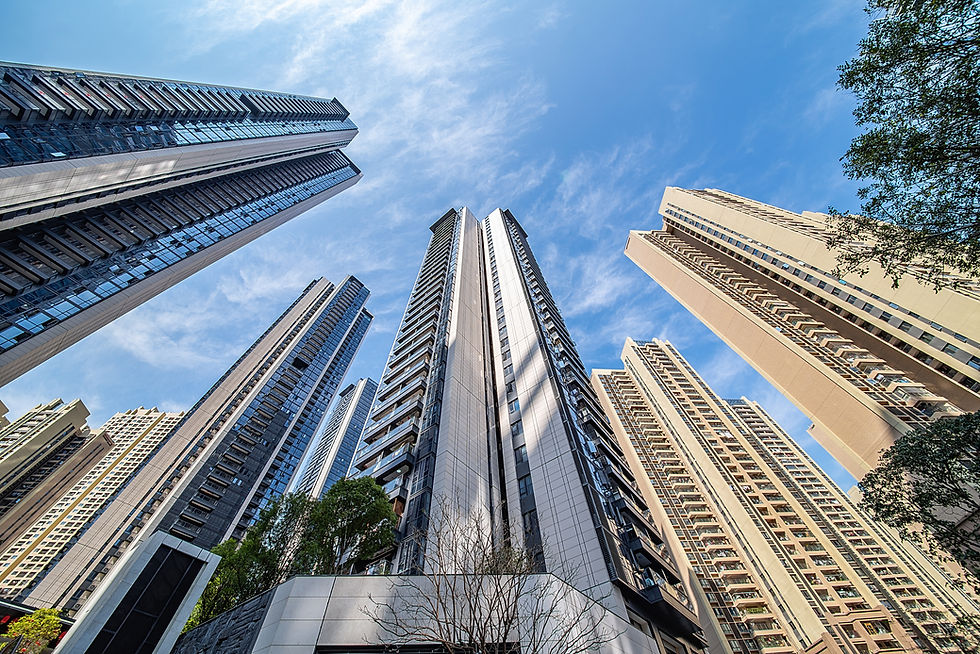What Costs Should I Expect Beyond Base Rent?
- marketing08413
- Oct 29
- 2 min read
When evaluating a commercial space, many tenants focus on base rent — the advertised rate for occupying the space itself. But in most commercial leases, that’s only part of the total cost.
Understanding the additional expenses beyond base rent is essential for accurate budgeting and informed decision-making. These costs can vary based on lease type, property class, and location, but the following breakdown covers the most common charges tenants should expect.
1. Common Area Maintenance (CAM) Fees
CAM fees cover the upkeep and management of shared spaces within a property. These costs ensure that lobbies, hallways, parking lots, elevators, and landscaping are well-maintained and functional.
CAM fees typically include:
Janitorial and maintenance services
Landscaping and lighting
Parking lot cleaning or repairs
Property management and security
Shared utilities
Tenants usually pay a pro rata share of CAM fees based on the percentage of the property they occupy.
2. Property Taxes and Insurance
In many Triple Net (NNN) leases, tenants pay a proportionate share of the building’s property taxes and insurance.
Property Taxes: These are levied by local governments and passed along to tenants based on the size or location of their leased space.
Building Insurance: Covers the structure itself against damage or liability. Tenants are still responsible for their own business insurance, including liability and contents coverage.
Knowing how these costs are calculated — and how they may change annually — is crucial to managing long-term occupancy costs.
3. Utilities
Utilities can be structured in several ways depending on the lease type and property setup. Common examples include:
Electricity and gas
Water and sewer
Trash removal
Internet and phone service
Some properties include utilities in rent (common in full-service office leases), while others use separate meters or allocate costs by square footage. Always confirm who pays what before signing.
4. Repairs and Maintenance
Responsibility for repairs and maintenance varies by lease structure:
Full-Service Lease: The landlord covers building operating expenses, including maintenance.
Modified Gross Lease: The landlord covers some expenses, while tenants handle others (like janitorial or utilities).
Triple Net (NNN) Lease: The tenant is responsible for most operating costs, including interior maintenance and often HVAC systems.
Clarifying these responsibilities early can prevent unexpected costs down the road.
5. Rent Escalations
Most commercial leases include annual rent increases, often ranging from 2–4% per year or tied to the Consumer Price Index (CPI). These increases account for inflation and rising operating expenses, so they’re an important consideration when projecting long-term financials.
6. Additional Expenses
Depending on the property type and location, you may also encounter:
Parking fees (for reserved or structured spaces)
Signage or marketing fees (in retail centers)
Tenant improvement costs (for build-out or customization)
Administrative or late fees (if applicable)
Base rent might be the headline number, but your total occupancy cost includes several additional components that impact your bottom line.
An experienced commercial real estate broker can help you interpret lease terms, estimate true costs, and negotiate a structure that aligns with your budget and operational needs.
Understanding every cost upfront ensures there are no surprises after move-in — only success.
Written by LevRose CRE with assistance from: LevRoseCRE.(2024)
ChatGPT [Open AI]. https://chat.openai.com/



